Castings
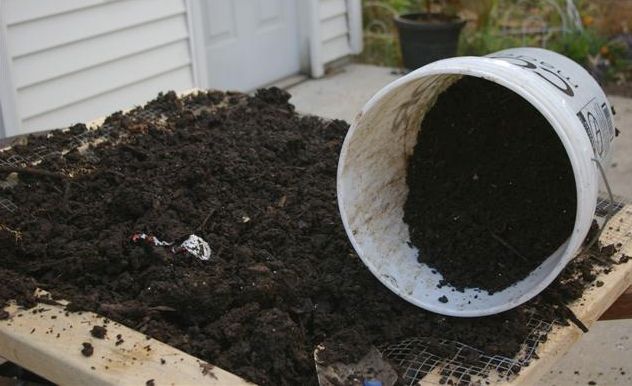
CastingsWorm castings are food, compost, eated by worms and cast off. Some call it ‘black gold’ or ‘worm poop.’ A more scientific definition can be found in wikipedia under worm castings: “Vermicompost (also called worm compost, vermicast, worm castings, worm humus or worm manure) is the end-product of the breakdown of organic matter by some species of earthworm. Vermicompost is a nutrient-rich, natural fertilizer and soil conditioner. The process of producing vermicompost is called vermicomposting.” Worm casting are use to organically fertilize by making tea, mixing with coir or placing on top of raised beds for seeds or plants. A worm box or worm condo is used to produce castings. See the wikipedia or do a search on this site to find much more about this valuable resource for organic growing.
Coir
Coir (from Malayalam kayar, cord) is a coarse fibre extracted from the fibrous outer shell of a coconut. In the Growing Power Home Model, coir is used as a substitute for peat moss because it is free of bacteria and fungal spores, and is sustainably-produced without the environmental damage caused by peat mining. Peat Moss is a non-sustainable product. Coir is a sustainable product. For inside growing and growing in pots, coir is mixed with worm castings and put on top of worm-enriched compost.
There are many more coconut shells than there are human beings in the world, and the supply is renewable.
Tea
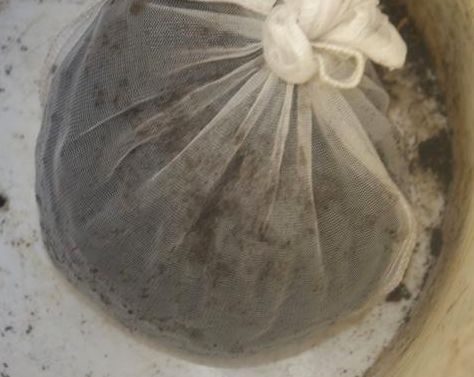
Tea BagTea is what we call the water that has passed through castings and/or compost. Tea can be made by putting a paint-straining bag full of castings in a bucket with holes so the water can pass through to another bucket or in a rain barrel. Or it can be water that drains from the GP box in the greenhouse or water that passes through the worm condo. There are many ways to make ‘tea’ but the results are the same, living water full of healthy organisms that can water and fertilize plants healthier than any chemical mix like Miracle Gro. Castings made by worms eating compost enrich the already rich compost by 13 times. Water passing through these castings or through good compost not only keeps the casting-making process and worms alive and well, but it can be collected and put back into the
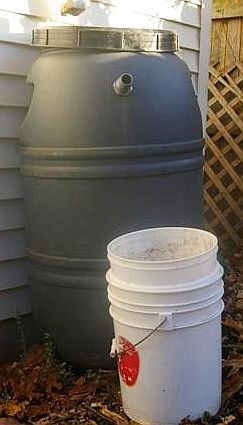
Rain Barrel
& Bucketsoil as an organic fertilizer. Tea is organic and can be put on the leaves of plants as well as in the ground. I understand that tea serves as a natural insect repellent for certain insects.
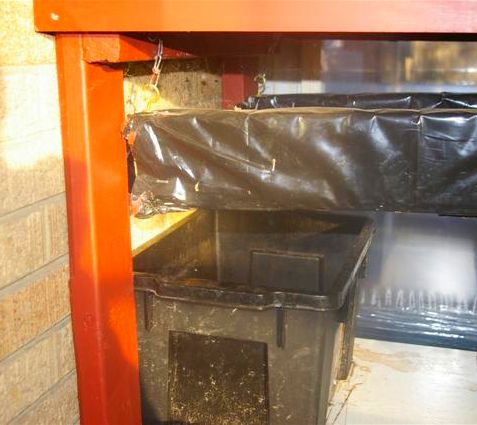
Tea Collector
Below GP BoxWater in the rain barrels comes off the roof of the house and garage, passes through the tea bags and goes into the garden as tea. In the winter I just let some tap-water sit in the sunroom in a watering can for a day so the chemicals in the water die. It becomes distilled water. I add some ‘tea’ already made or a ‘tea bag’ to it and create this wonderful organic fertilizer.
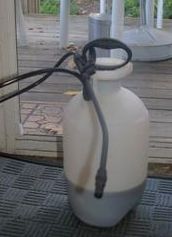
Tea SprayerAlso castings are expensive if you purchase them or take time if you make them. A little bit of castings can be stretched a long way by putting a “tea bag” in the water. The living organism in castings grows and enriches the water that enriches the plant. Using castings and tea is essential to growing much in a small space. And of course, I would be remiss if I did not mention the role of the worm in the creation of tea. The worm eats the compost and enriches it into the ‘black gold’ of castings.
In an ironic twist I purchased a sprayer used to spray chemicals to spray the organic tea on the houseplants and the greens in the GP box.